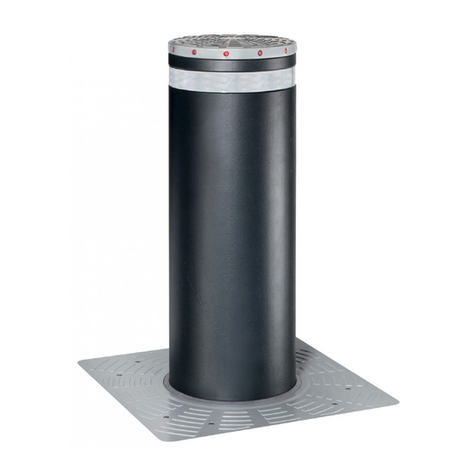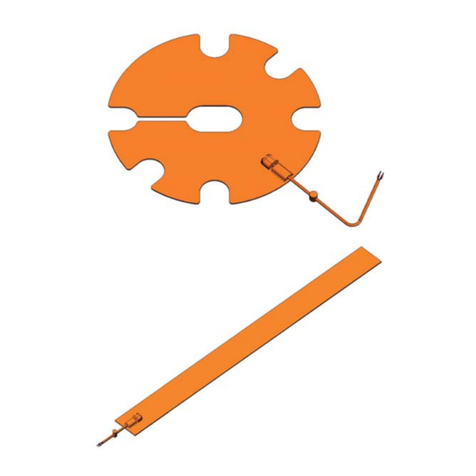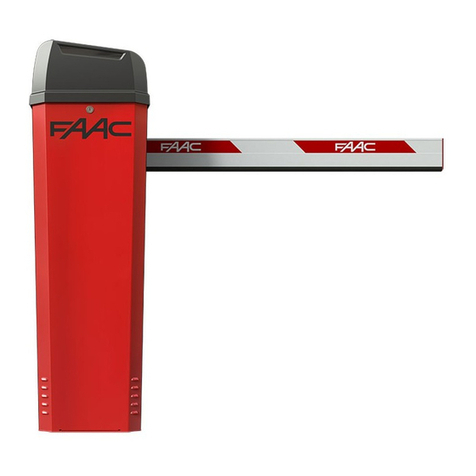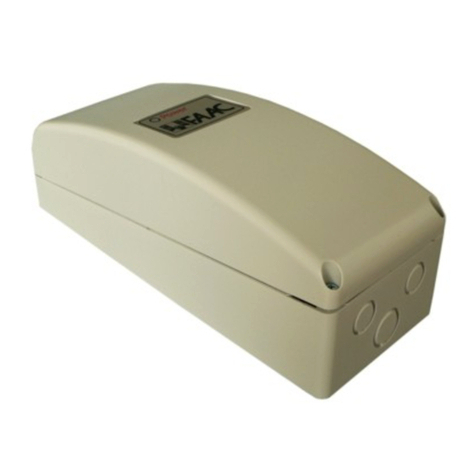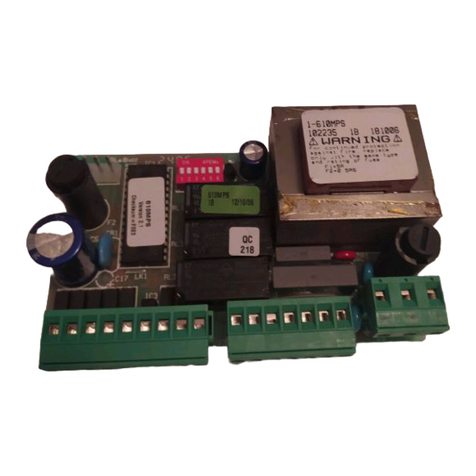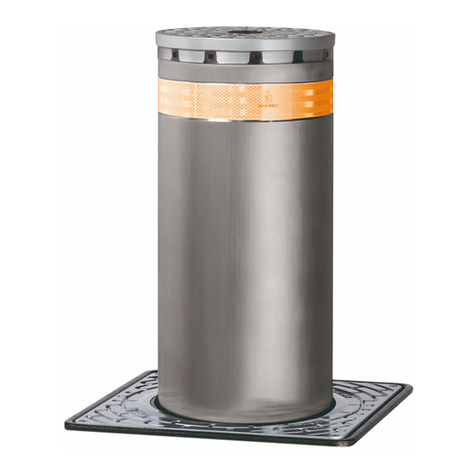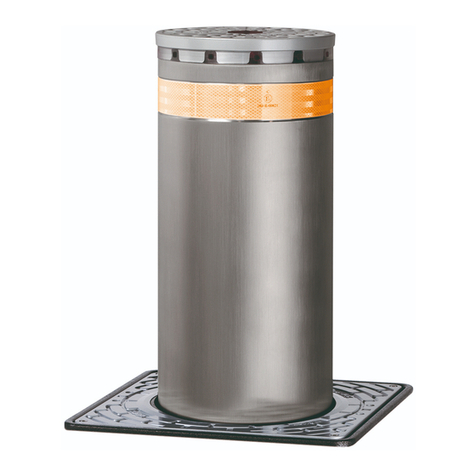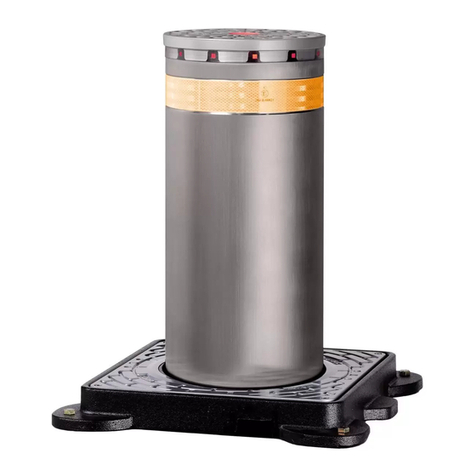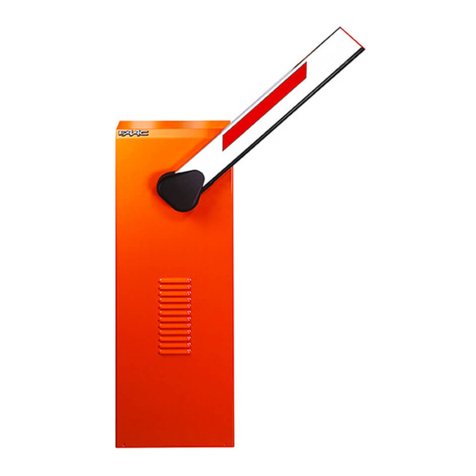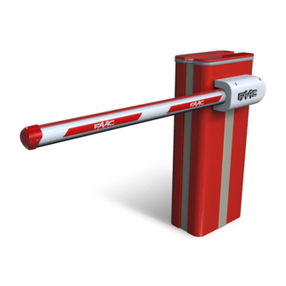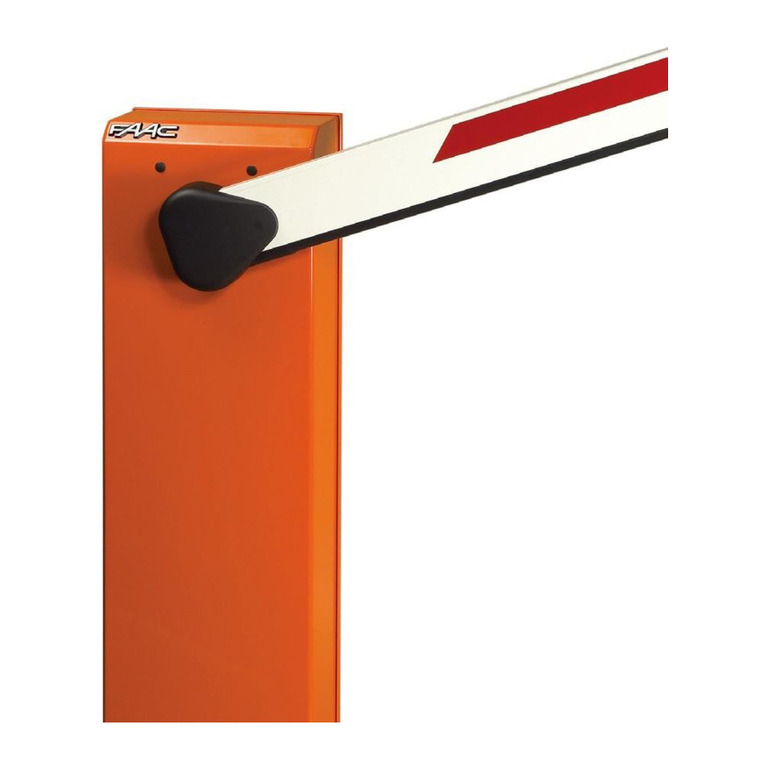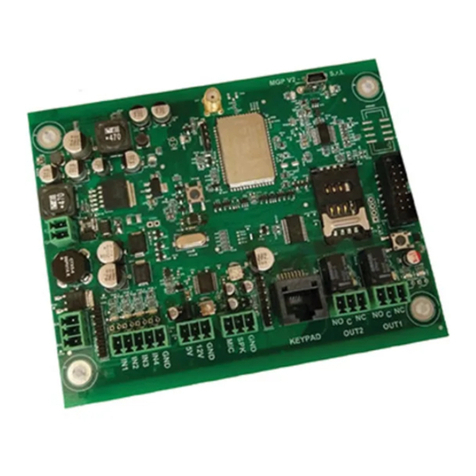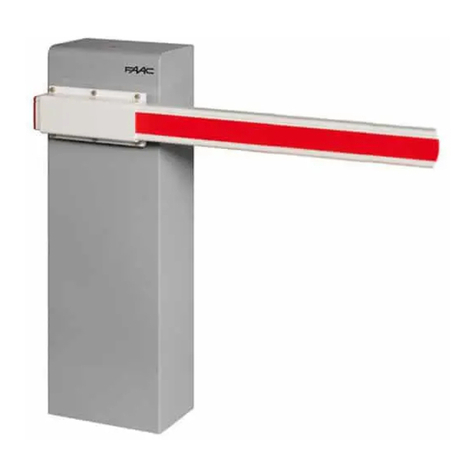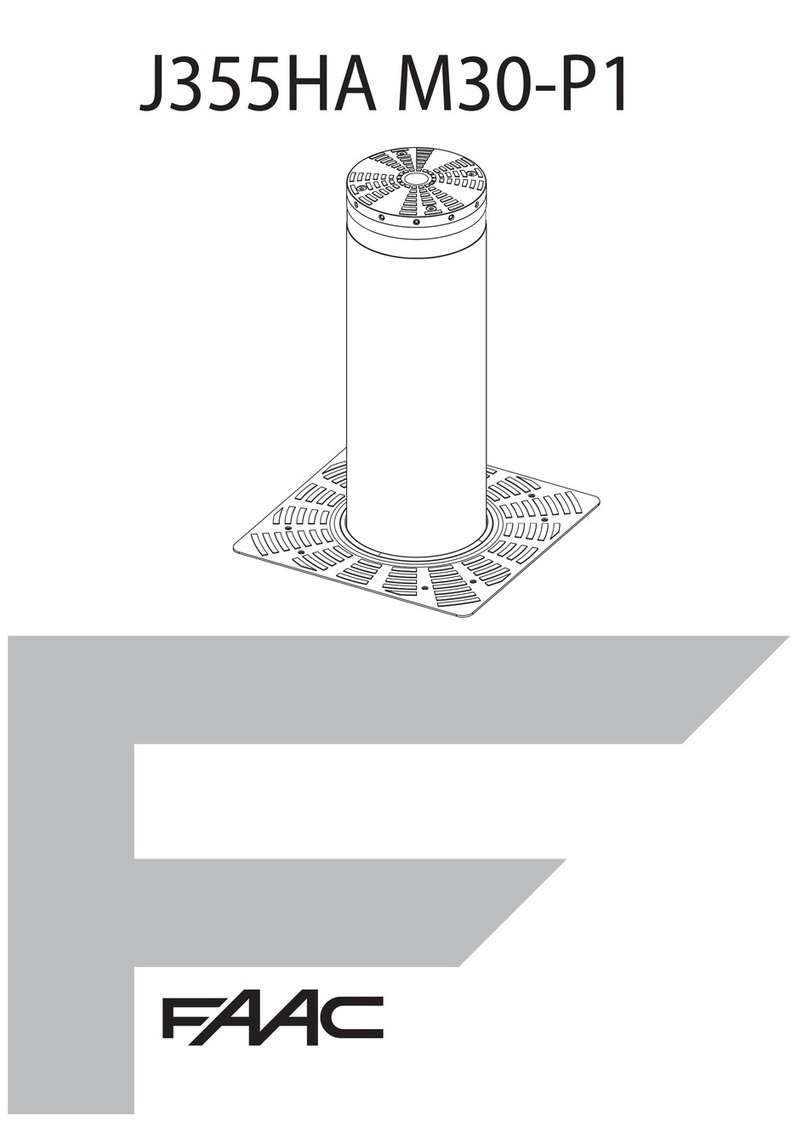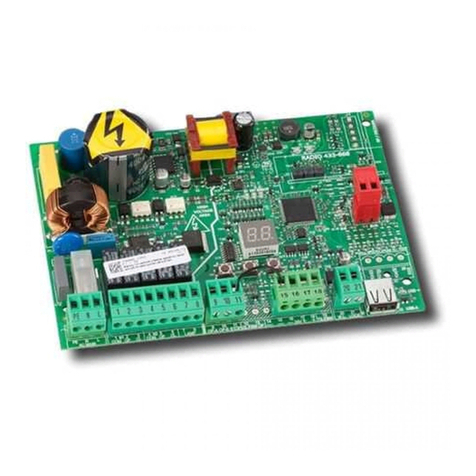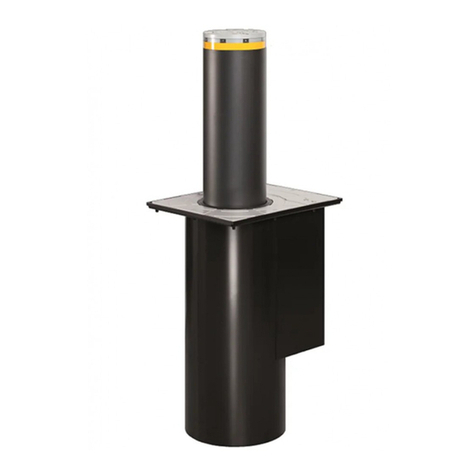
B614 2 732998 - Rev.A_DRAFT
Translation of the original instructions ENGLISH
CONTENTS
EU Declaration of conformity......................................................1
Declaration of incorporation for partly completed machinery1
1. INTRODUCTION TO THIS INSTRUCTIONS MANUAL......4
1.1 Meaning of the symbols used.................................................4
2. SAFETY RECOMMENDATIONS..............................................6
2.1 Installer safety ..........................................................................6
2.2 Transport and storage..............................................................7
2.3 Unpacking and handling.........................................................8
2.4 Disposal of the product............................................................8
3. B614.............................................................................................9
3.1 Intended use .............................................................................9
3.2 Limitations of use.....................................................................9
3.3 Unauthorised use .....................................................................9
3.4 Emergency use........................................................................10
3.5 Product identification............................................................10
3.6 Technical specifications..........................................................10
3.7 Manual operation...................................................................11
Release procedure......................................................................11
Operation restoration.................................................................11
3.8 Component identification .....................................................12
3.9 Installation components........................................................13
3.10 Optional accessories.............................................................13
4. INSTALLATION REQUIREMENTS.........................................14
4.1 Mechanical requirements......................................................14
4.2 Electrical system.....................................................................15
4.3 Example System......................................................................16
5. MECHANICAL INSTALLATION..............................................17
5.1 Tools required..........................................................................17
5.2 Placing the foundation plate................................................18
5.3 Installing the barrier body ....................................................19
Fixing the cables inside the barrier..........................................20
5.4 Fitting the beam.....................................................................21
Preparing the balancer..............................................................21
Rectangular beam......................................................................21
Round beam................................................................................23
5.5 Fitting the spring....................................................................25
Tie rod ..........................................................................................25
Single spring ...............................................................................26
Double spring..............................................................................26
5.6 Accessories on the beam .......................................................27
5.7 Balancing the beam...............................................................27
5.8 Limit switch adjustment........................................................28
5.9 Earthing the door ...................................................................29
5.10 Closing the door ...................................................................29
5.11 Closing the upper lid............................................................30
6. INSTALLING OPTIONAL FEATURES....................................31
6.1 Personalised key release........................................................31
7. ELECTRONIC INSTALLATION................................................32
7.1 Board E614 ..............................................................................32
Components ...............................................................................32
7.2 Connections.............................................................................34
Control devices............................................................................34
External loops .............................................................................35
Bus devices..................................................................................35
OUT outputs ................................................................................35
24 V "flashing light ................................................................35
Motor............................................................................................35
Encoder ........................................................................................35
Beam lights .................................................................................36
Integrated flashing light ...........................................................36
Battery XBAT 24 .........................................................................36
Radio module XF.........................................................................36
Mains supply and earthing ......................................................36
8. STARTUP...................................................................................37
8.1 Programming..........................................................................37
Basic programming....................................................................37
Advanced programming ...........................................................38
8.2 Operating logics......................................................................41
EP - Semi-automatic step by step...........................................41
A- Automatic..............................................................................41
AP - Automatic step-by-step ...................................................41
b- Semi-automatic b ................................................................41
bC- Semiautomatic bon opening/ person present Con
closure..........................................................................................41
C- Dead-man .............................................................................41
P- Carpark ...................................................................................41
8.3 SET-UP......................................................................................42
9. PUTTING INTO SERVICE ........................................................43
9.1 Final checks .............................................................................43
9.2 Final operations......................................................................43
10. ACCESSORIES..........................................................................44
10.1 24V FLASHING LIGHT "....................................................44
10.2 Emergency battery XBAT 24................................................44
10.3 Radio module XF ..................................................................45
SLH/SLH LR - Memorising the first remote control................45
SLH/SLH LR - Memorising other remote controls .................45
LC/RC - Memorising the first remote control..........................45






